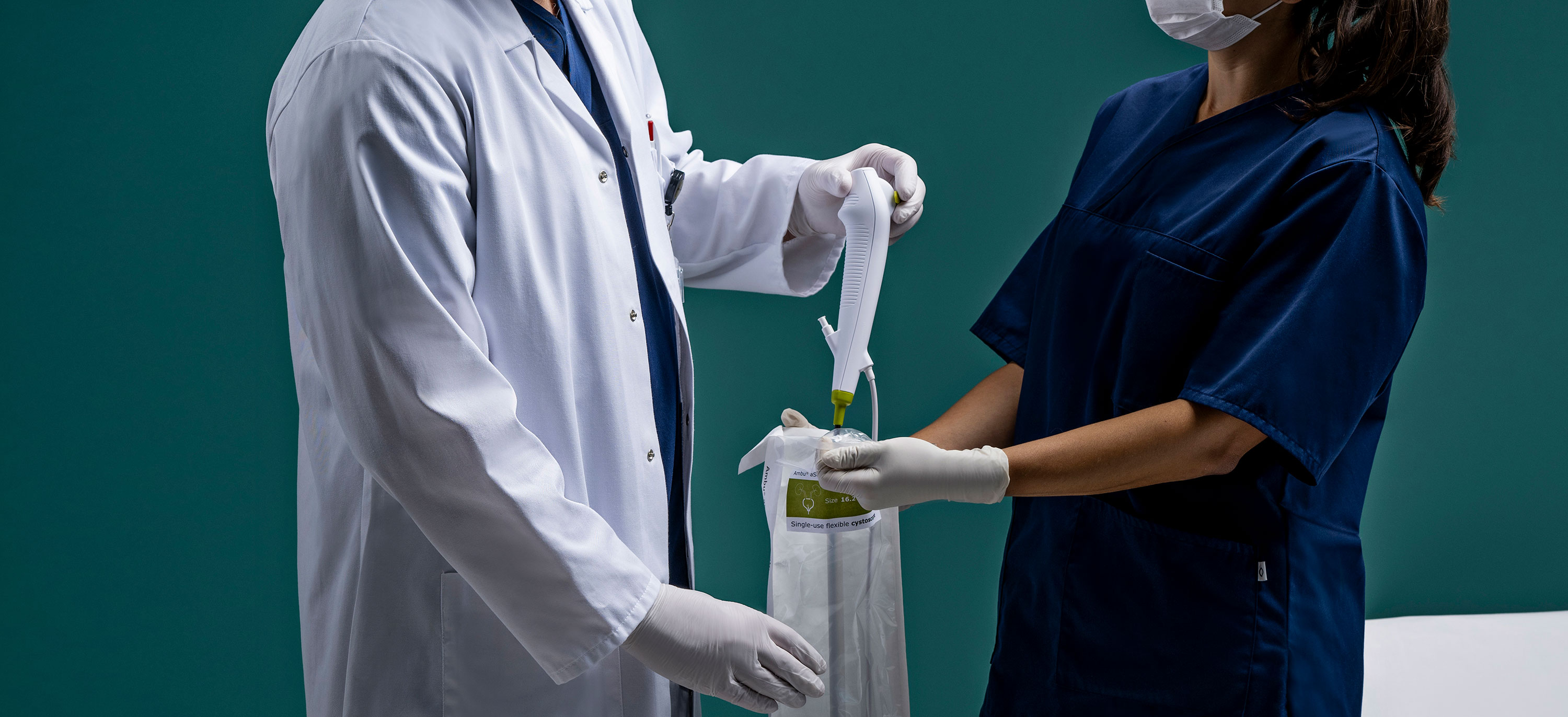
For hospital administrators, procuring flexible endoscopes means considering a complex array of factors such as cost, environmental impact, and infection control challenges, to name just a few.
To aid this process, Single-Use Endoscopy dug into our archives and found stories that address some of the key procurement questions you might have. We hope you find them helpful, and be sure to sign up for our newsletters for more insights.
1. What kind of sterile processing training is required?
Damien Miles, a sterile processing educator at Stanford Medicine Children’s Health, highlighted the intricacy of processing reusable flexible endoscopes on a Beyond Clean podcast — properly cleaning and storing a flexible endoscope can involve more than 100 steps, many of them complex.
A new sterile processing training program significantly boosted technicians’ knowledge and confidence, with mean test scores jumping from 41 percent before the training to 84 percent after. The program enhances patient safety by equipping trainees to identify and resolve real-world issues and bolstering their technical skills.
2. How do the costs compare between single-use and reusable endoscopes?
Dr. Kevin Koo, a urologist at the Mayo Clinic, discussed the financial aspect of single-use endoscopy during a recent episode of the Endourology Sound Bites podcast, produced by the Journal of Endourology.
Single-use devices, Koo detailed, can be more cost-effective when considering the maintenance and repair costs of reusable endoscopes.
3. What is an endoscope’s environmental impact?
Switching to single-use cystoscopes, such as the Ambu aScope 4 Cysto, reduces greenhouse gas emissions by 33 percent, per a European Urology Focus study.
At the same time, reusable cystoscopes produce nearly two pounds of waste per procedure and need around 15 gallons of water for each cleaning cycle, significantly more than the half-pound of waste generated by single-use devices.
Research continues to uncover favorable environmental trends for single-use devices in healthcare, particularly when a device’s life cycle from raw material extraction to disposal is considered.
4. What training resources does the manufacturer provide for proper endoscope handling and cleaning to prevent damage and residue?
Over two months, researchers found in a study that all the reusable endoscopes they tested had some form of damage and residue, raising patient safety concerns.
The research underscores the importance of proper training and adherence to the manufacturer's instructions for use. This includes thorough visual inspections of endoscopes. Transitioning to single-use endoscopes is another option, as it would eliminate the need for reprocessing and repairs.
5. What are the infection control benefits of single-use endoscopes compared with reusable ones?
In healthcare facilities, breaking one link in the infection chain can stop the spread of disease. Endoscopes present their own unique infection prevention challenges, especially when reusable endoscopes are found damaged and in need of repair.
A study in the American Journal of Infection Control found that 76 percent of 25 inspected endoscopes using magnification and borescopes required repairs. Each endoscope studied also contained some form of debris or residue.
Organizations like the Centers for Disease Control (CDC) and the Health Infection Control Practices Advisory Committee (HICPAC) are recommending more stringent forms of disinfection and sterilization for reusable endoscopes. Single-use endoscopes, which are sterile straight from the pack, eliminate the need for reprocessing and repairs, ensuring a new scope for each patient procedure.


